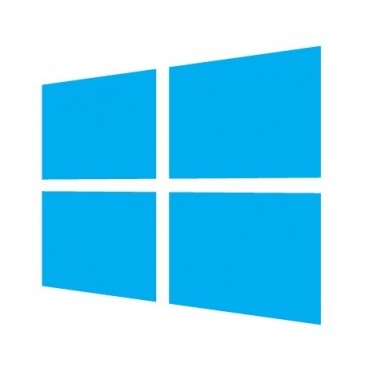Microsoft has successfully rolled out Windows 8 to more than 30,000 internal users – a prime example of what the company calls eating its own dog food.
Microsoft’s experience might be held up as an example to enterprises looking at migrating to Windows 8 and Internet Explorer 10, as a key Microsoft official involved in the project described some of the lessons learned in moving a portion of the Microsoft workforce to its new operating system.
Support, security, user experience
In a 7 August post on the Microsoft Office of the CIO blog, Patrick O’Rourke, a director in the strategy, planning and communications team in Microsoft IT, said as of mid-July, Microsoft had more than 30,000 systems and nearly 30,000 employees running Windows 8 and IE10 – specifically the Windows 8 Release Preview and IE10 Release Preview. The post was initially reported by All About Microsoft.
 Microsoft’s Windows 8 experience focused on three areas: support, security and user experience, O’Rourke said.
Microsoft’s Windows 8 experience focused on three areas: support, security and user experience, O’Rourke said.
The company kept its help desk in the loop, providing the team with readiness training that included details on key differences between Windows 8 and IE10 and previous versions of the products.
Meanwhile, Microsoft also created an online community for Windows 8 users called “//pointers” that adopted a social networking model to create a new channel for support.
A Microsoft document described //pointers as:
“Microsoft IT saw the opportunity to fill the gaps in the existing support channels by creating a new self-help channel in time for the Windows 8 and Internet Explorer 10 Developer and Consumer Previews. Microsoft IT envisioned a social networking forum that would use and showcase the capabilities of the Windows 8 operating system, address some of the limitations of the existing support channels, and foster community spirit within Microsoft. Microsoft IT hoped a friendly, moderated forum would reduce the volume of help-desk calls while increasing the nontraditional feedback needed to drive improvements.
Social networking
“Because the culture at Microsoft lends itself well to social networking, Microsoft IT decided to test a new moderated forum called, http://pointers. http://pointers is an internal Microsoft web application that furthers Microsoft IT’s contribution to improving IT processes and user productivity by bringing together Microsoft IT customers, enthusiasts, and product group members through a social community. Users can engage experts from Microsoft IT and users across the company or participate by answering questions posted to the community. The Metro-style design of http://pointers makes it a friendly place to drive community participation and feedback.”
Of //pointers, O’Rourke said: “When reviewing the site traffic to //pointers, we saw that site visits greatly exceeded the number of unique users. We interpreted this site traffic as positive; the site is sticky and employees are coming back to it.”
Meanwhile, as security is touted as a major feature of Windows 8, Microsoft sought to validate the enterprise security benefits of its new OS.
As part of that process, Microsoft performed a pilot on 1,000 machines to evaluate changes in the way the DirectAccess feature runs on Windows 8, “including validating virtual smart cards that use a machine’s Trusted Platform Module (TPM) chip – a chip that supports BitLocker and, in Windows 8, protects the virtual smart card certificate’s private key,” O’Rourke said.
DirectAccess, which was introduced in Windows 7, allows remote users to securely access enterprise shares, websites, and applications without connecting to a virtual private network (VPN).
Trusted boot, BitLocker
Microsoft also tested the trusted boot and measured boot procedures of Windows 8 and made sure the BitLocker feature worked on Windows 8. The software giant’s IT department also validated a new BitLocker feature called Network Key Protector Unlock that allows BitLocker to automatically unlock a drive when the machine is plugged into the corporate network, O’Rourke said.
Regarding the user experience, Microsoft wanted to ensure a smooth installation of Windows 8. “Microsoft IT used IT Easy Installer to streamline the install experience by automating everything for the user to migrate to Windows 8,” O’Rourke said. “We cut the install time in half, which included the Office image.”
Microsoft also provisioned 75 devices with Windows To Go. Windows To Go allows the Windows 8 desktop to boot and run from a USB flash drive. “Windows To Go scenarios include providing a managed corporate desktop when the host computers are unmanaged or not domain-joined,” O’Rourke said. “This deployment allowed different machines (slate, laptop and desktop) with different configurations of screen, keyboard and touch to have a machine-specific experience that was highly transportable between host machines.”
In addition, to provide a complete data migration and protection strategy for employees, Microsoft IT used File History, O’Rourke said. File History is a new, built-in feature that protects user files by periodically scanning the computer’s file system for changes stored in libraries and in the user’s Desktop, Favourites, and Contacts folders and copying them to a Microsoft IT-managed network drive configured as their backup storage area.
Enterprise customers will be able to customise this solution for their own environment, he said.
Are you a Firefox enthusiast? Take our quiz.





